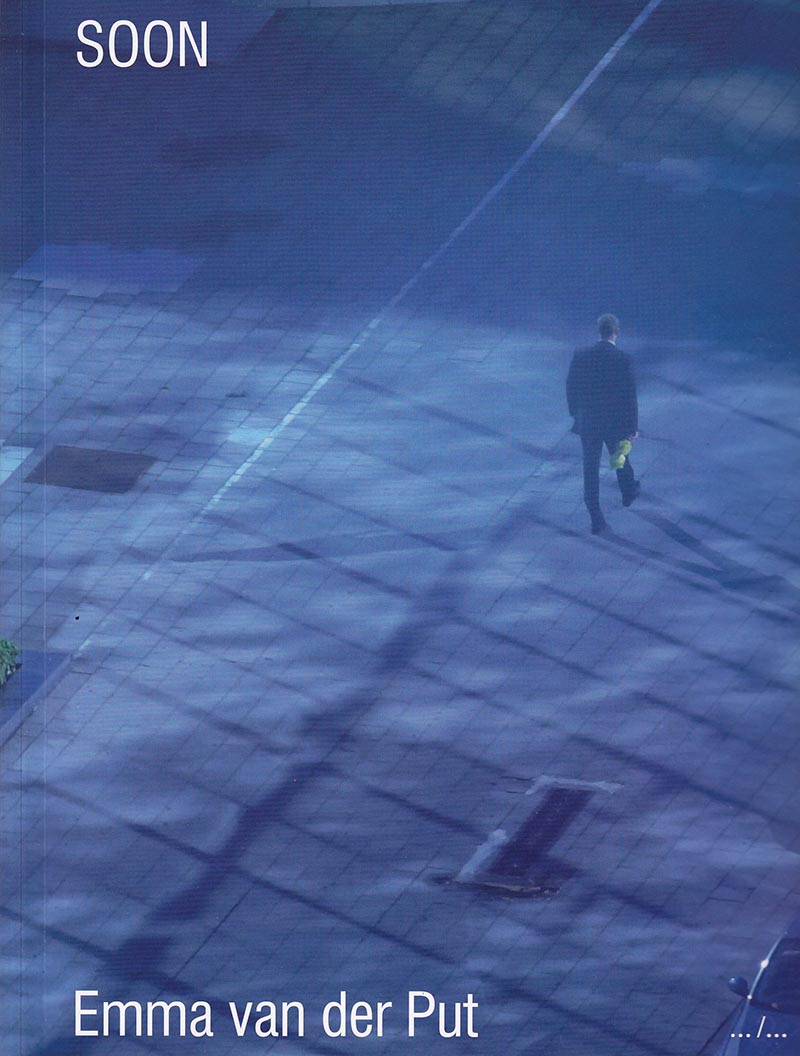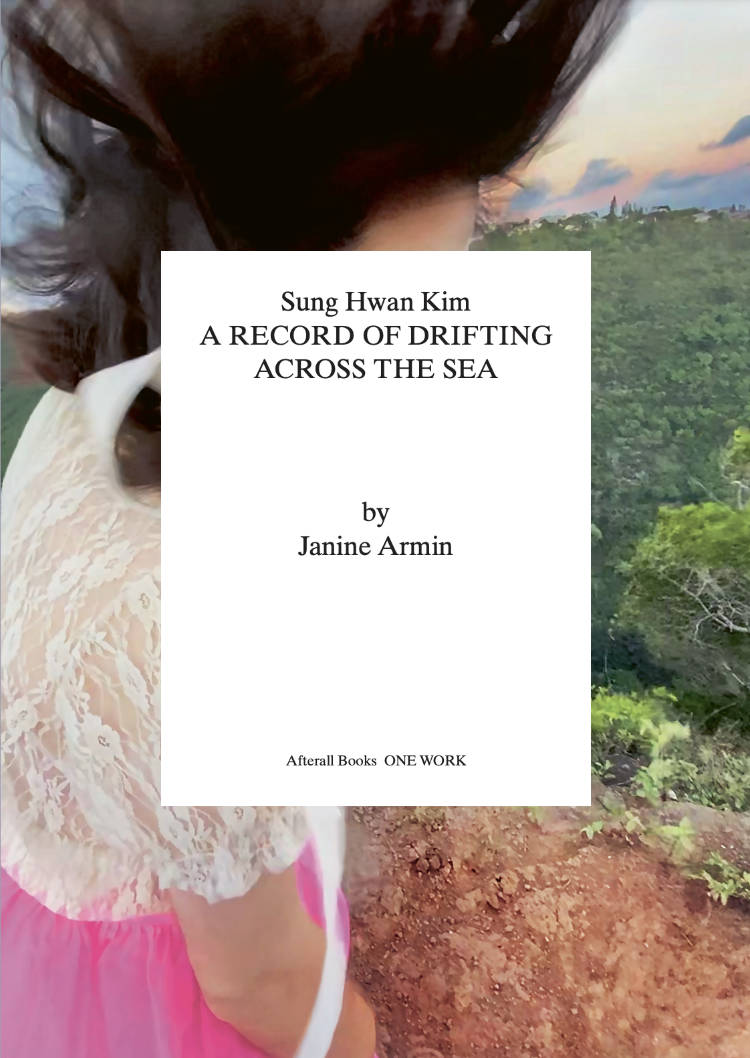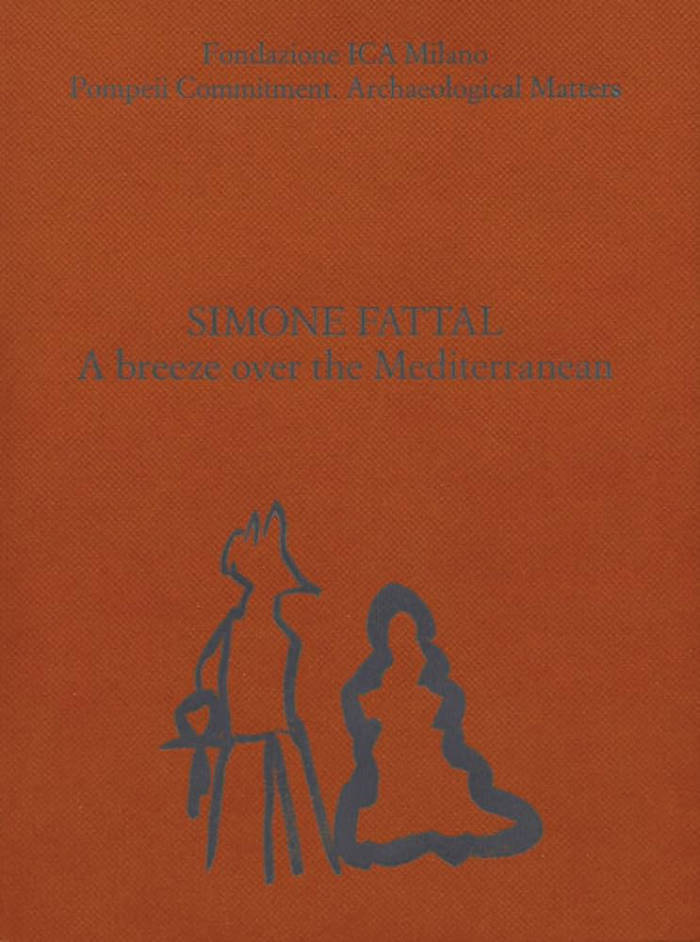The catalogue of the Lebanese-American artist's first exhibition in Italy.
Over fifty years, Simone Fattal's multifaceted work has explored the impact of displacement as well as the episteme of archeology and mythology, drawing from a range of sources including war narratives, landscape painting, ancient history, and poetry. The artist imagery blends history with memory, grappling with the losses of time while revealing its repetitions.
This book documents Fattal's first solo show in Italy titled A breeze over the Mediterranean at the Fondazione ICA, Milan, in collaboration with Pompeii Commitment. Archaeological Matters.
Texts by Alberto Salvadori, Andrea Viliani, Etel Adnan, Simone Fattal.
Simone Fattal (born 1942 in Damascus) is a Lebanese-American painter, sculptor and ceramist. After studying philosophy, first in Beirut and then Paris, Fattal returned to Beirut in 1969 and began life as a painter—creating sensuous abstract works that diverged from the predominantly figurative paintings commonly exhibited in Lebanon at the time. In 1980, after a decade spent in Lebanon as a painter, Fattal fled the civil war, abandoned her painting practice, and settled in Sausalito, California, where she founded the revolutionary publishing house Post-Apollo Press. In 1988, after studying sculpture in San Francisco, Fattal was consumed by another wave of creativity that led her to pursue ceramic sculptures—a medium in which she continues to work to this day from her studio in Paris.








